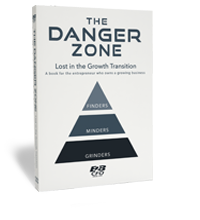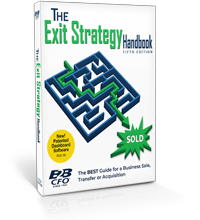Pricing strategy, liquidity, capacity are key components to business success
(This story is written by Debra Christein, a partner with B2B CFO who serves on the Board of Directors of the Women’s Exchange of Washtenaw, as well as co-chair of its annual conference, WXW Forum12.) Have you ever made a paper airplane? Did it fly? If you’re like me, probably not. And you know that it didn’t matter how many times you launched it, how fast you threw it or the angle – it would not fly, right? Also, if you’re like me, every once in a while you made one that flew. What was the difference? What special blend of tail height, wing breadth and body length made this piece of paper aerodynamic? Could you reproduce it in the next version? Could you produce success in a paper airplane ten times larger with a bunch of new features?
 Debra Christein
Debra ChristeinPaper airplanes are a lot like business models. If a business model is not sound, if it’s not built to create a successful business, you can’t work hard enough or long enough to create a successful, sustainable company. The components of a successful business model are pricing strategy, capacity, infrastructure, and liquidity. Pricing strategy refers to the relationship of what you charge for your product or service to the cost of providing that service. If the price you can charge in your market does not cover the direct costs involved and an adequate portion of the general company costs, well, as the old saying goes – you can’t make it up in volume. In the airplane analogy, this is the same as having the various parts of the plane in right proportion to one another. Capacity refers to your company’s ability to produce, analogous to the engine in the airplane. Infrastructure refers to the size of the company, the size of the body of the airplane. If the engine is tiny and the body is huge, the engine will not be strong enough to keep the plane aloft or support the cost of running the company. On the other hand, if the body is small compared to the engine, the engine will most likely spin out of control due to lack of controls. The last component is liquidity – that’s the fuel. No one is going anywhere without it, just like a company without cash cannot stay in business. How can you tell if your company’s business model is sound? You need to identify and track specific metrics, which vary between industries and also can be quite company specific. Also, good metrics are produced from financial systems which have sound data recorded in the right places. As always, if the data in your financial system is not sound, then the metrics will not provide useful information. So, if you want to have a “flight-worthy” business model: 1. Make sure you have good data in the right place. 2. Measure and track your metrics and make adjustments to find the right combination that works for your company. 3. Take off and enjoy the ride!



